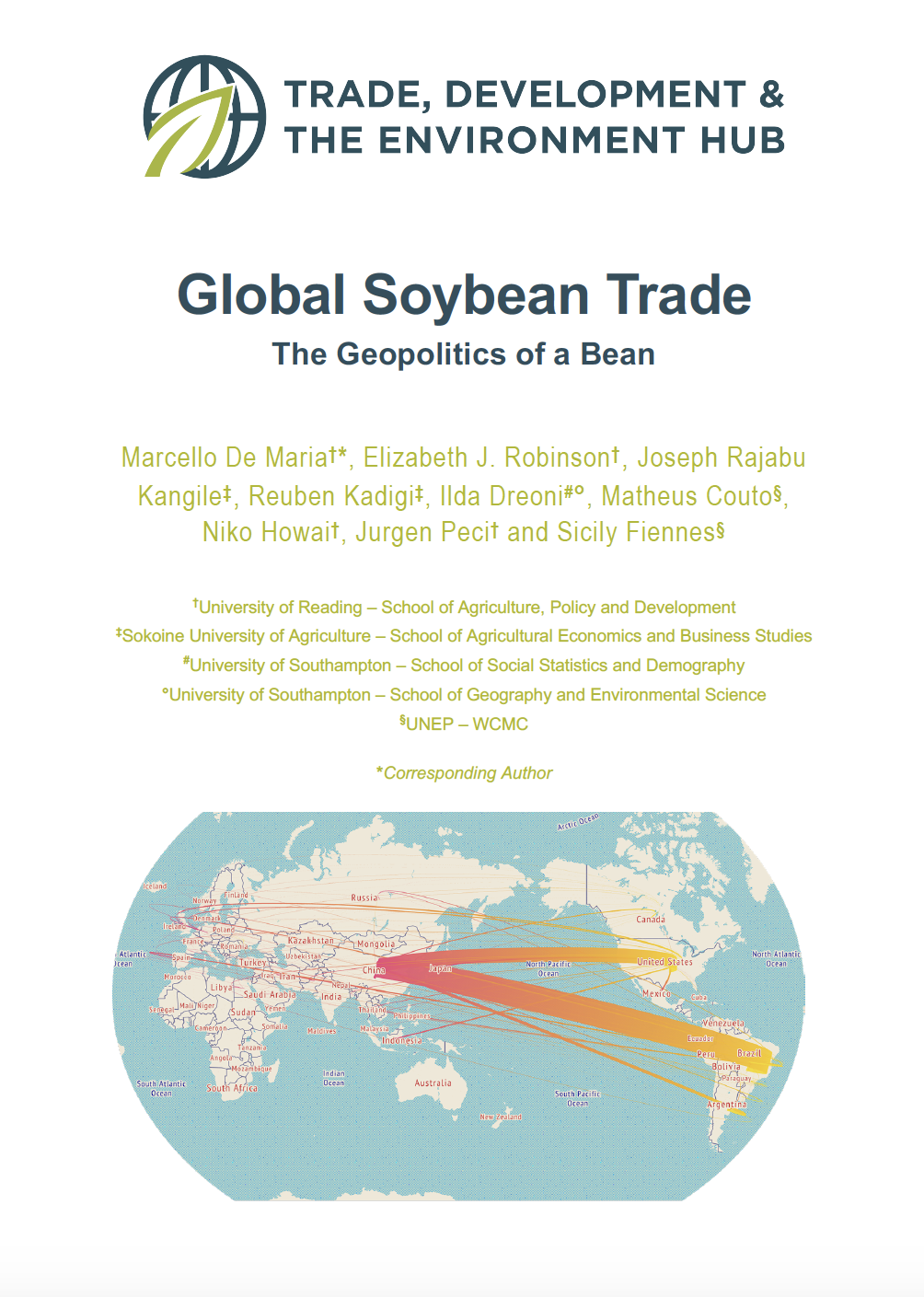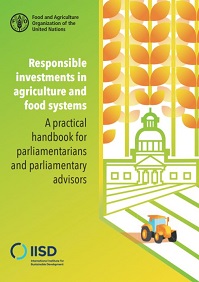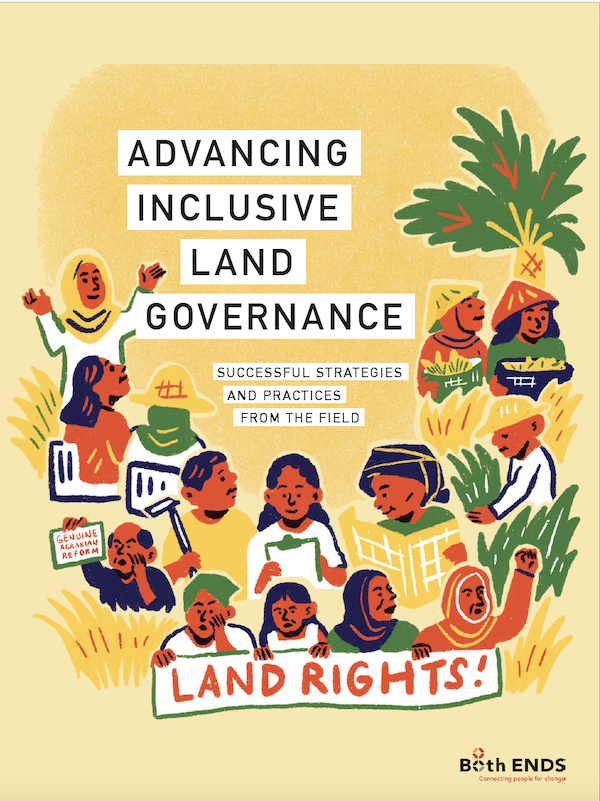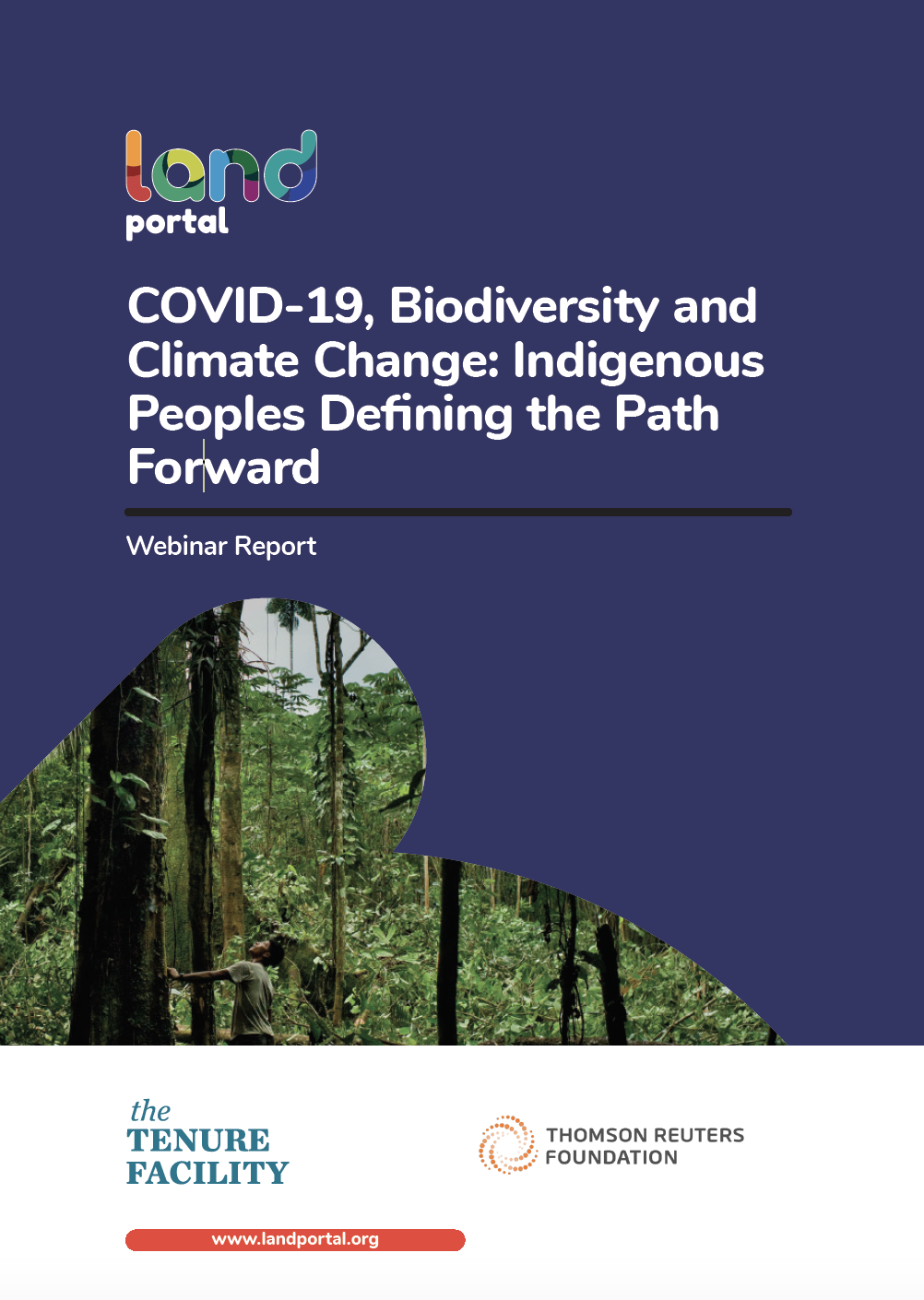Changes in food access by mestizo communities associated with deforestation and agrobiodiversity loss in Ucayali, Peruvian Amazon
Few longitudinal studies link agricultural biodiversity, land use and food access in rural landscapes. In this paper, we test the hypothesis that, in a context of economic change, cash crop expansion is associated with deforestation, reduced agrobiodiversity and changes in food access. For this purpose, we analysed data collected from the same 53 upland and floodplain mestizo households in Ucayali, Peru, in 2000 and 2015. We found an emerging transition towards less diversified food access coupled with loss of forest cover and reduced agricultural biodiversity.







